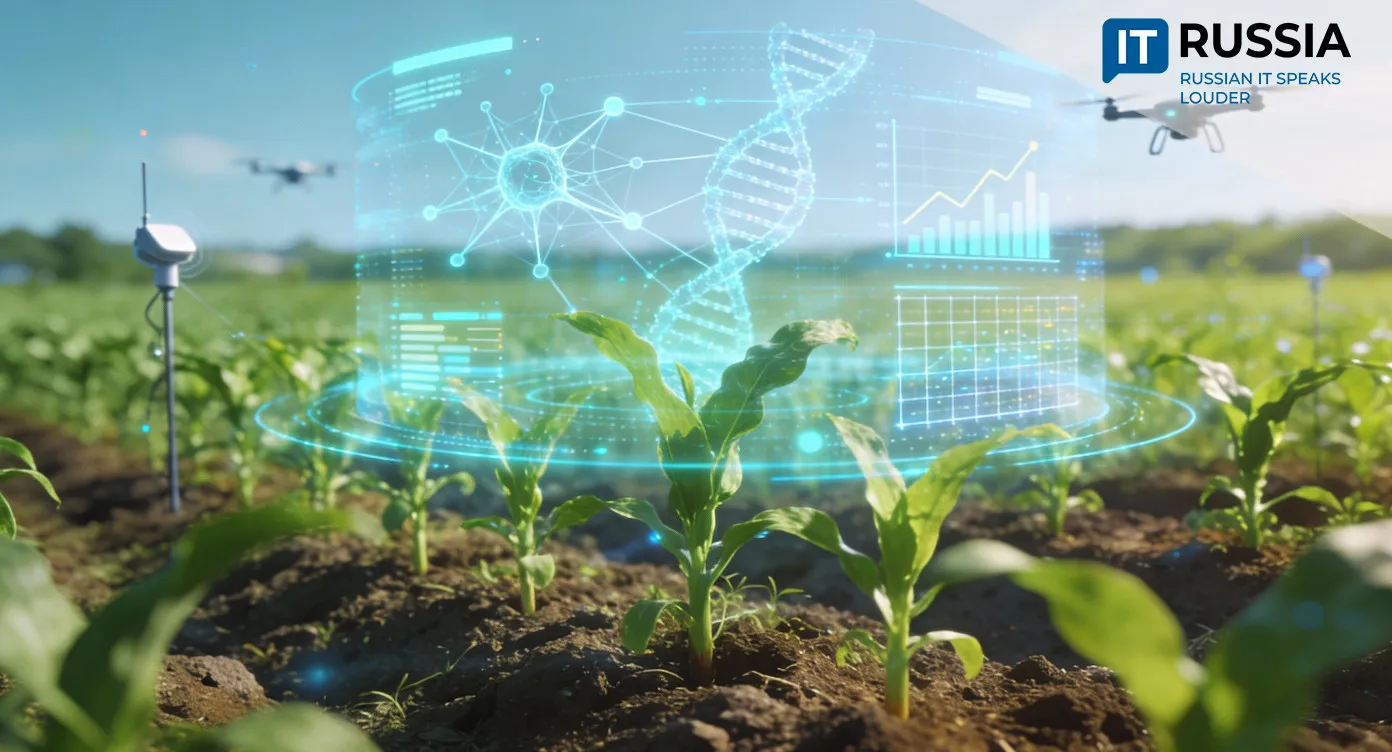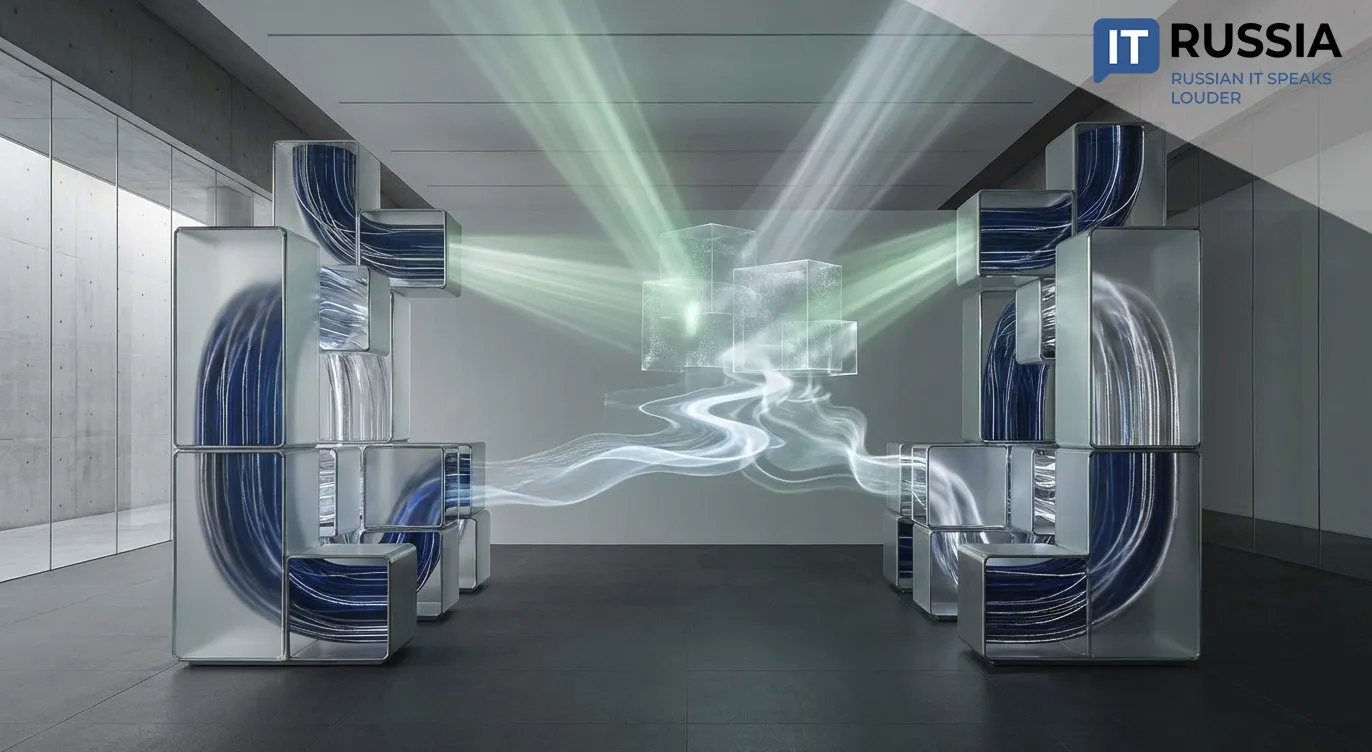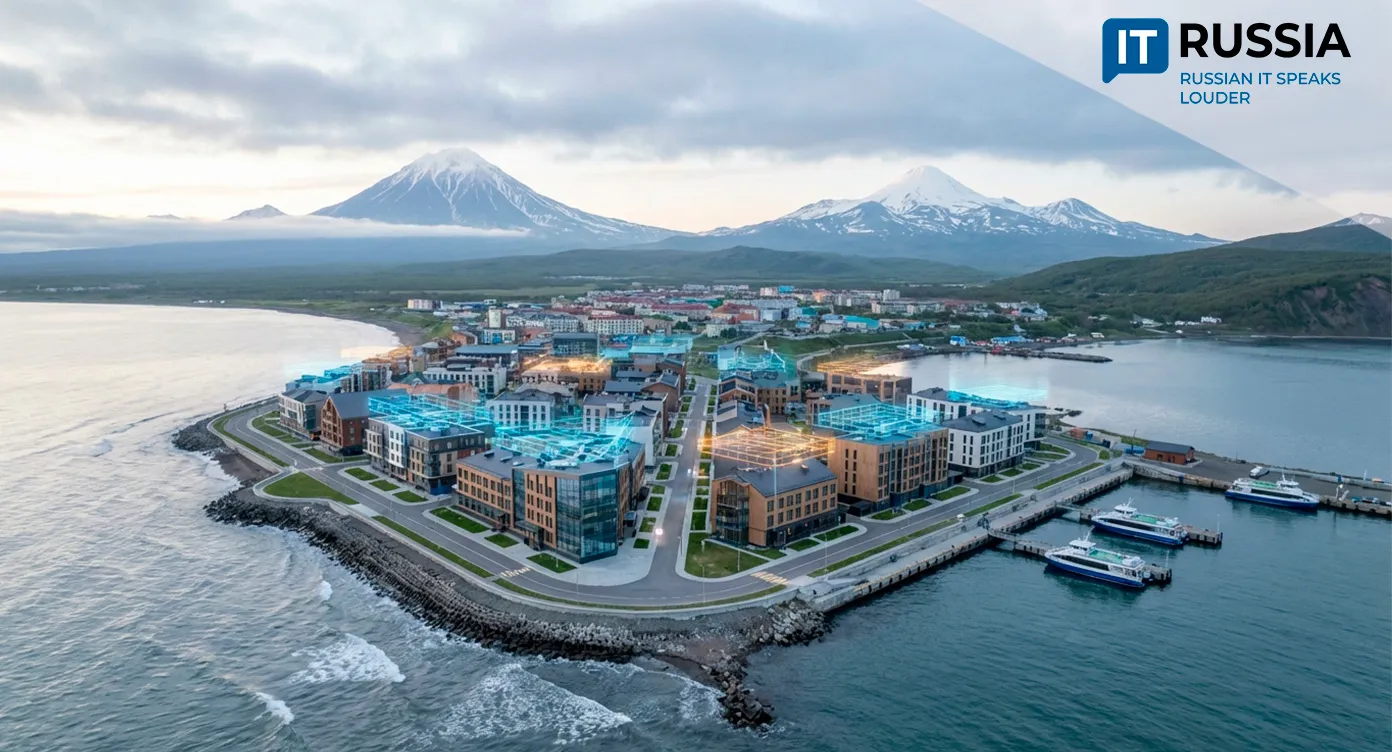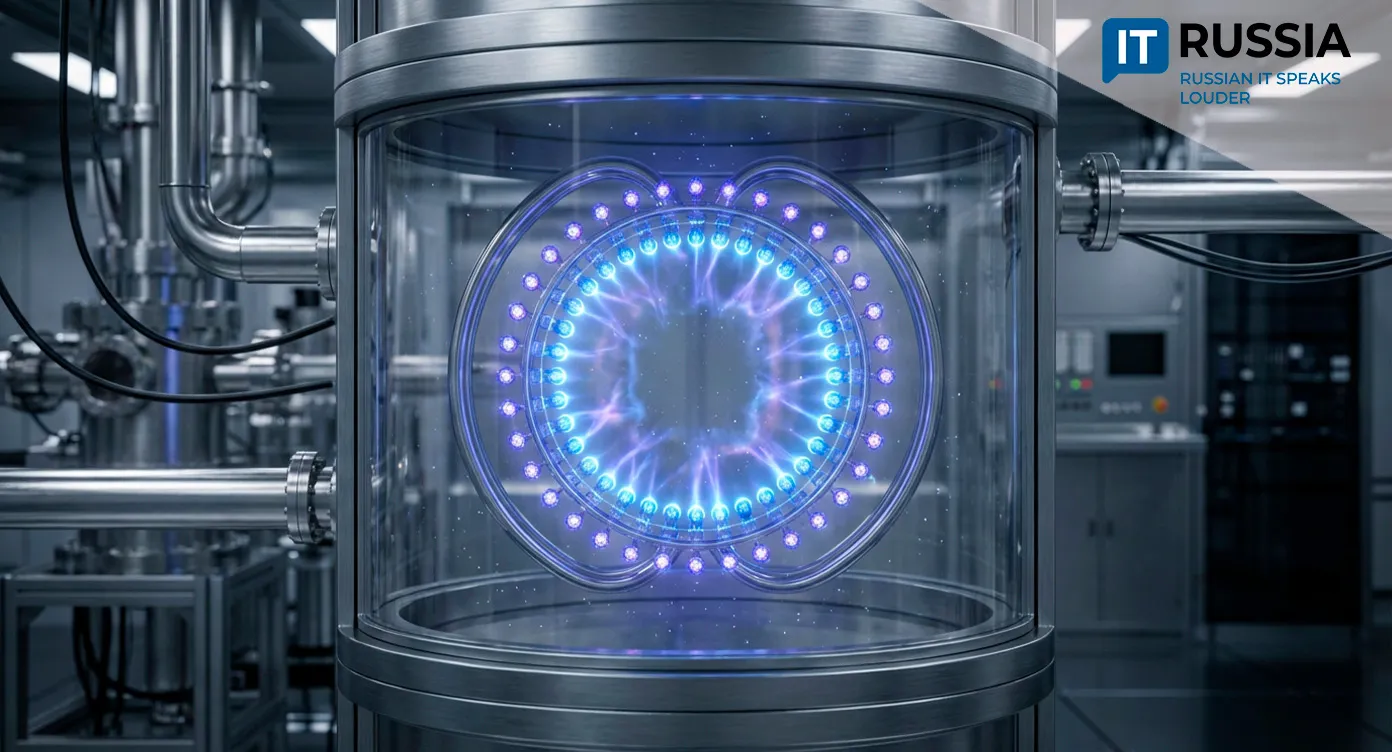Neural Networks and Robots Improve the Quality of Russian Pipes
Russia’s largest pipe producer is rolling out intelligent control systems, combining machine vision, robotics, and neural networks to strengthen quality and traceability in its operations.
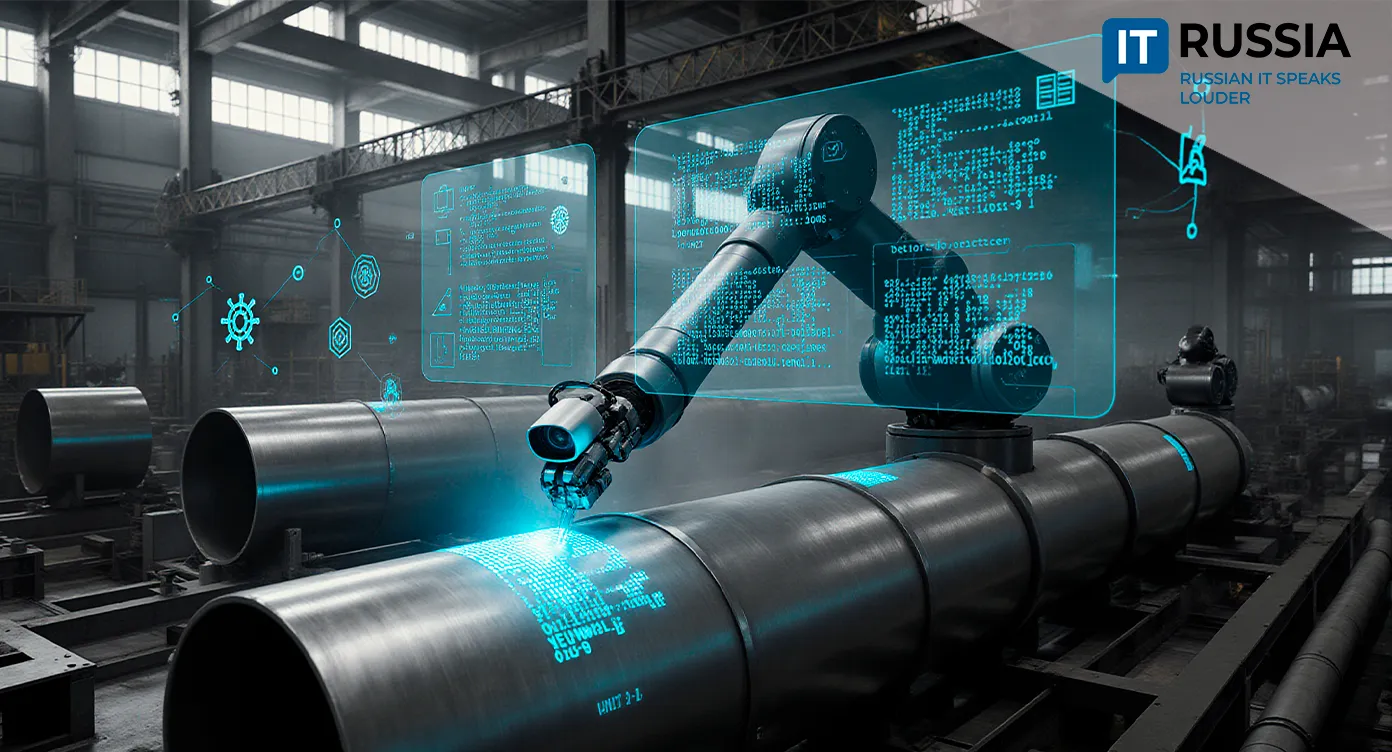
A New Step Toward “Smart” Manufacturing
The Seversky Pipe Plant (STZ) has completed a comprehensive digital upgrade of its pipe marking processes. Advanced solutions — including automated recognition using machine vision, an upgraded robotic marking complex, and the integration of neural network technologies — have significantly increased operational efficiency while enhancing product quality control and traceability.
Seversky is one of Russia’s most advanced pipe manufacturing enterprises and part of the Pipe Metallurgical Company (TMK). The plant has a production capacity of up to 1 million tons of steel and about 900,000 tons of seamless and welded pipes annually. Its products are widely used in the energy sector, construction (including pipelines), machinery, and utilities.
95% of Pipes Processed Without Human Involvement
A key achievement has been the development of an automatic recognition system covering 14 control points along the transport and storage route of pipes. This system combines industrial cameras, computing modules, and neural network algorithms capable of identifying pipes even in chaotic arrangements. As a result, more than 95% of products are recognized fully automatically, sharply reducing the need for manual checks and minimizing operator errors.
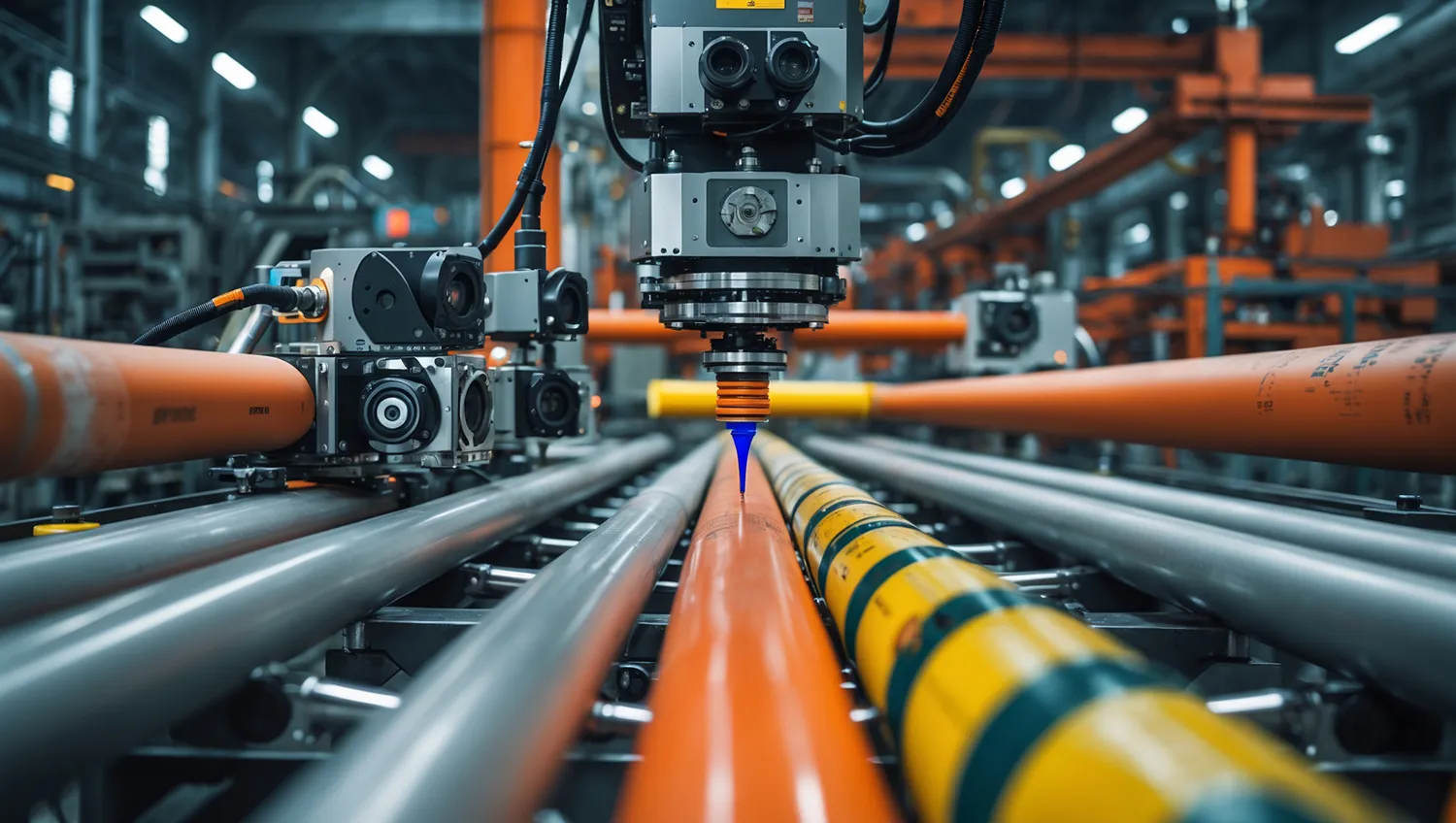
Special attention was given to upgrading the robotic marking complex in Rolling Shop No. 1 (TPC-1). The new system, equipped with a modern industrial robot and advanced printing technology, shows a striking increase in productivity: previously, one pipe could receive up to 10 characters in 42 seconds, while now up to four pipes are marked simultaneously with up to 17 characters in just about 20 seconds. This has accelerated production and eliminated a bottleneck in the plant’s logistics chain.
From Cost Savings to Industry Standards
For the enterprise, these improvements translate into higher overall productivity, reduced downtime, and lower costs for error correction.
For TMK as a whole, the project is a core element of its “Digital Production” strategy, aimed at systematic modernization across the group. At the industry level, the innovation sets a new standard for traceability and marking quality — particularly important under rising customer requirements, including international clients.
Future steps include expanding recognition networks, integrating with ERP/MES systems and external logistics platforms, and implementing Andon systems for real-time defect alerts. However, these efforts come with challenges: investment needs, staff adaptation, algorithm stability in industrial environments, and data format alignment across markets.
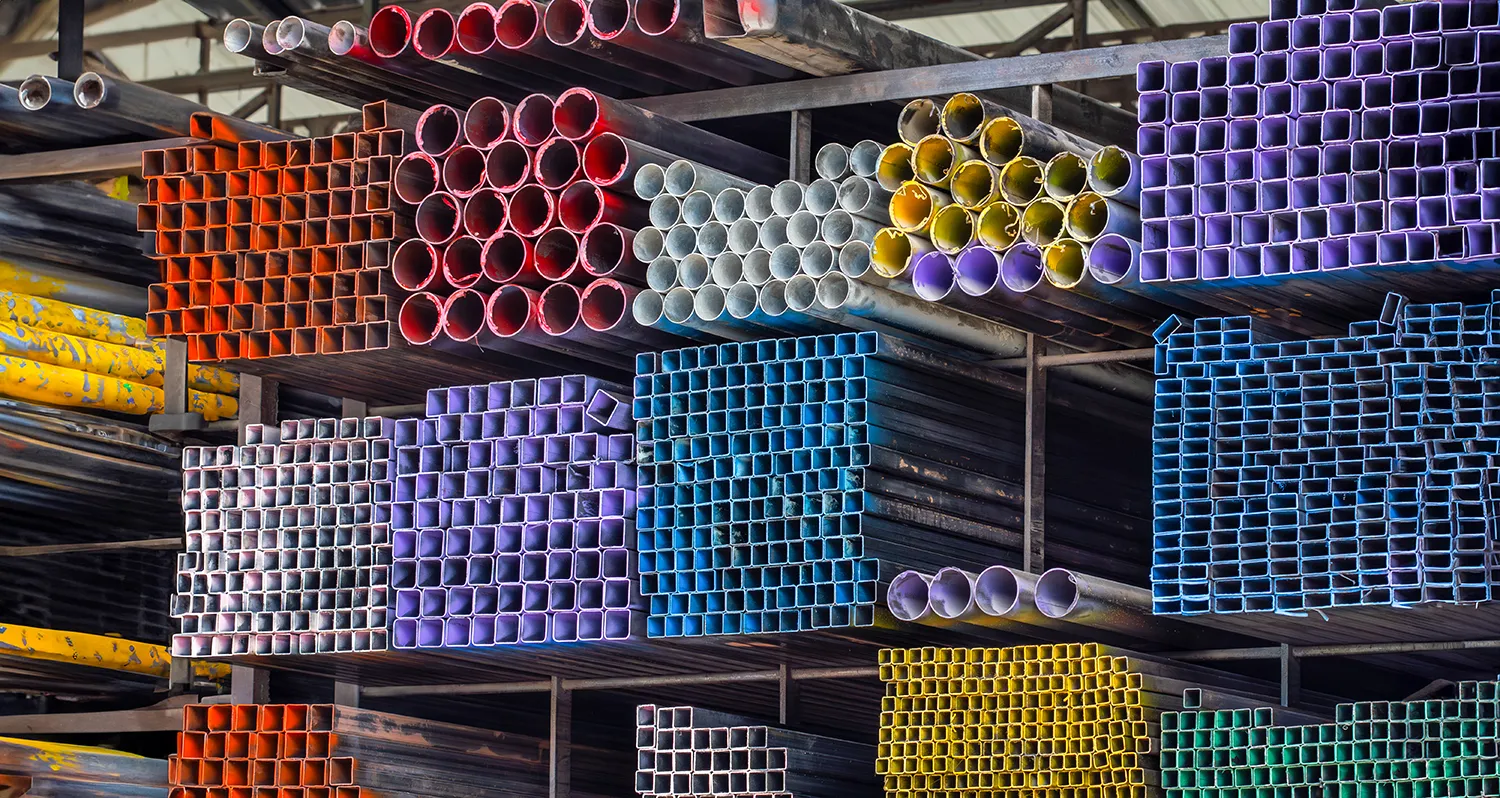
TMK’s Digital Production: Integrating MES, POTOK, and PIMS
Within the “Digital Production” program, TMK is steadily developing its digital capabilities — from machine vision projects to production data automation.
In recent years, STZ has launched automated systems for production accounting (MES), product identification and tracking (POTOK), and equipment maintenance and repair (TORO).
In Rolling Shop No. 1, new data collection systems were deployed as part of the Production Information Management System (PIMS). In the steelmaking shop, an MES system based on a domestic industrial platform has been introduced. This system ensures accounting and traceability of the entire production chain, including warehouse operations and quality control.
From Pilot to Scale
Across Russia, marking and traceability technologies are spreading quickly — for instance, the “Chestny ZNAK” national system. Industries such as food processing and agriculture already employ advanced analysis, monitoring, and marking solutions. This creates a strong regulatory and technological base, encouraging manufacturers to adopt modern traceability systems.

For TMK, the Seversky experience is just the beginning. In the coming years, similar projects will be expanded to other plants within the group. Recognition systems may evolve into predictive analytics and automatic correction of markings. Given the growing demands of regulators and customers, companies leading in digital marking will secure significant competitive advantages both domestically and in export markets.














